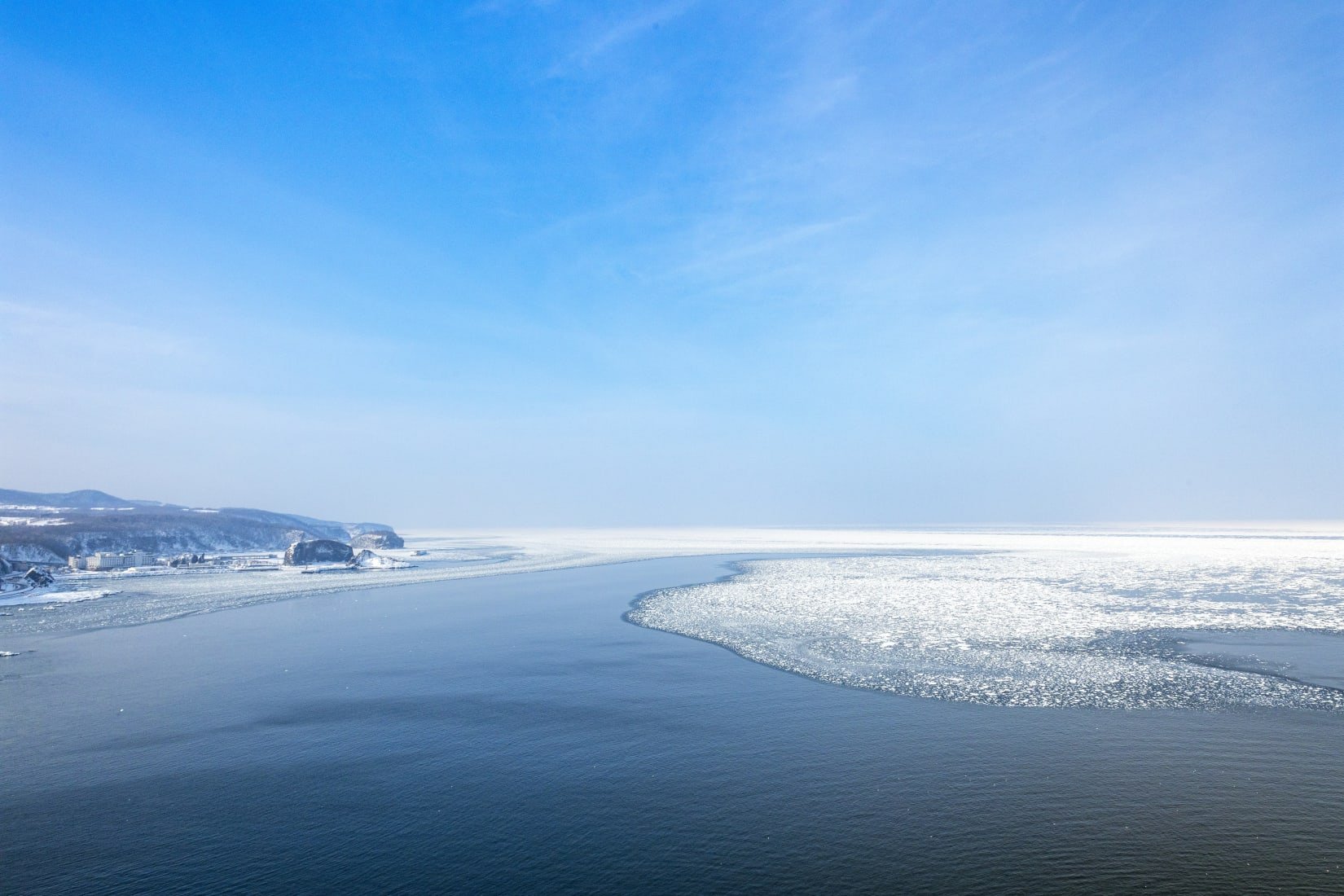
Hokkaido Gyoren Scallops
Certified Sustainable by the Marine Stewardship Council (MSC)
Kami no Ebi
Certified Sustainable by the Aquaculture Stewardship Council (ASC)
Hokkaido Gyoren Scallops
"MSC certification rewards the Hokkaido scallop fishery for its leadership and commitment to sustainable fishing”
Nicolas Guichoux, MSC global commercial director

Growing up Sustainable
“The Hokkaido Federation of Fisheries Cooperative Association’s (Hokkaido Gyoren) certified fishery comprises three certification units; spat collection, hanging cultivation (Suika-shiki) as well as seabed ranching and dredge cultivation (Keta-Ami). Hanging cultivation is conducted along the coast of Funka bay and in Lake Saroma. The seabed ranching and dredge occurs in the Sea of Okhotsk and the eastern side of Hokkaido in the Nemuro Straits. Both fisheries initially collect spat from the wild and operate along the coast 1 km to 10 km offshore in waters that are 15 to 50 meters deep.”
-Marine Stewardship Council

Scientific Details
“The Japanese scallop (Mizuhopecten yessoensis, also known as Patinopecten yessoensis) is a cold-water bivalve mollusc. It is naturally distributed in coastal, sub-Arctic areas of the eastern Pacific including the Japan Sea and southern Sea of Okhotsk, around Sakhalin Island, Hokkaido, and northern Honshu.
Japanese scallops are sessile (immobile) and live in shallow depressions dug into sandy, sandy-gravel and gravelly seabeds. They feed on phytoplankton and on detritus collected from the seabed.
Japanese scallop grow relatively fast, reaching 2-5cm shell height in one year, increasing to 5-9cm and 16-80g by year two, 8-12cm and 60-170g by year 3, and 10-15cm and 110-300g by year three. Japanese scallops may reach 20cm shell height and weigh 1000g at 10 years of age.
Scallops are collected in the wild on hanging spat collectors, onto which the larvae (spats) attach themselves. They are then grown on using one of two methods:
Hanging culture (Suika Shiki) on ropes/nets suspended in the water is undertaken in the Japan Sea and Funka Bay.
Seabed ranching (Keta Ami), cultivated on the seabed and collecting by dredging, takes place in the Sea of Okhotsk and Nemuro Straits.”
-Marine Stewardship Council

